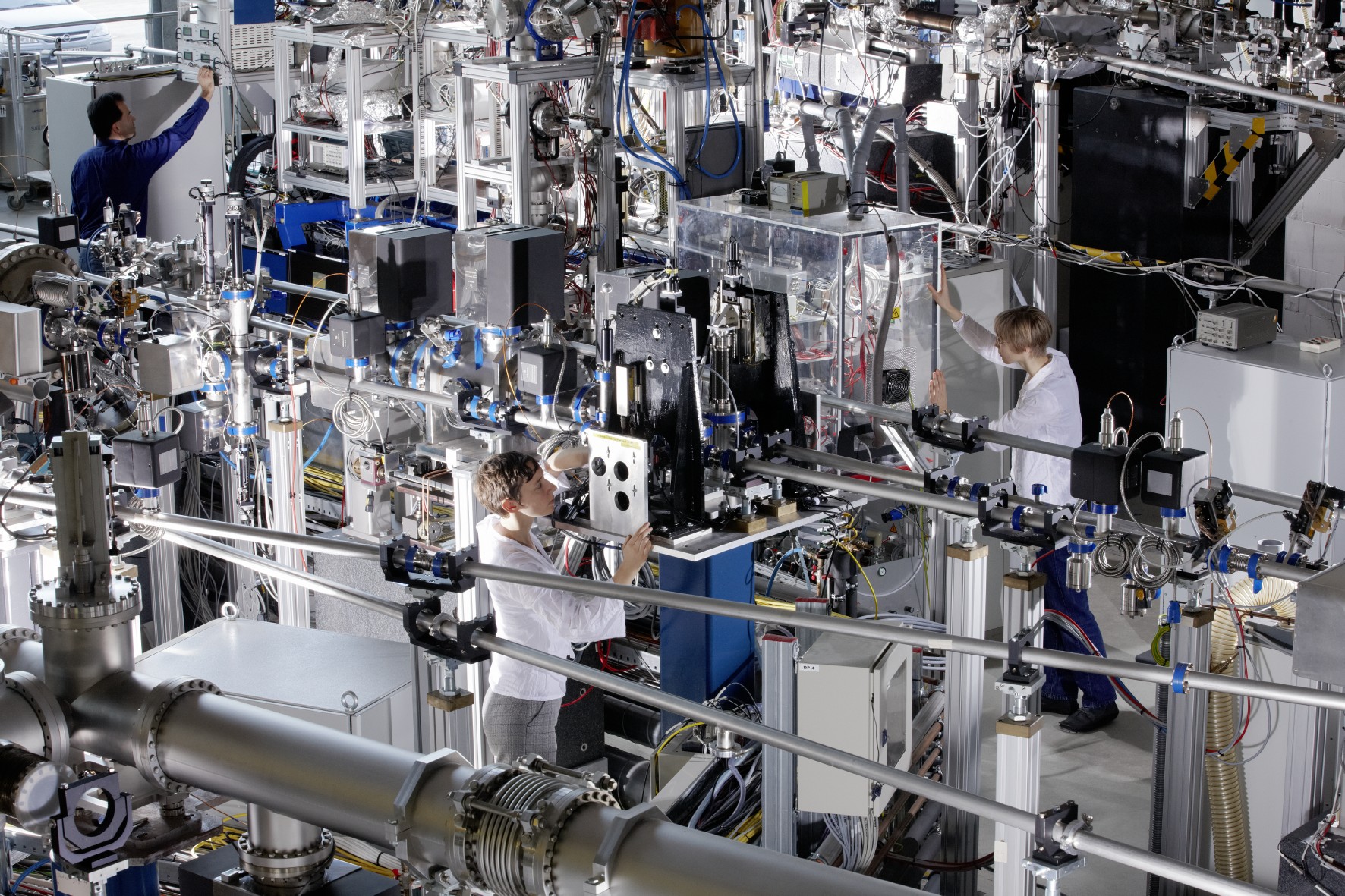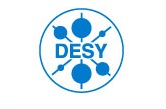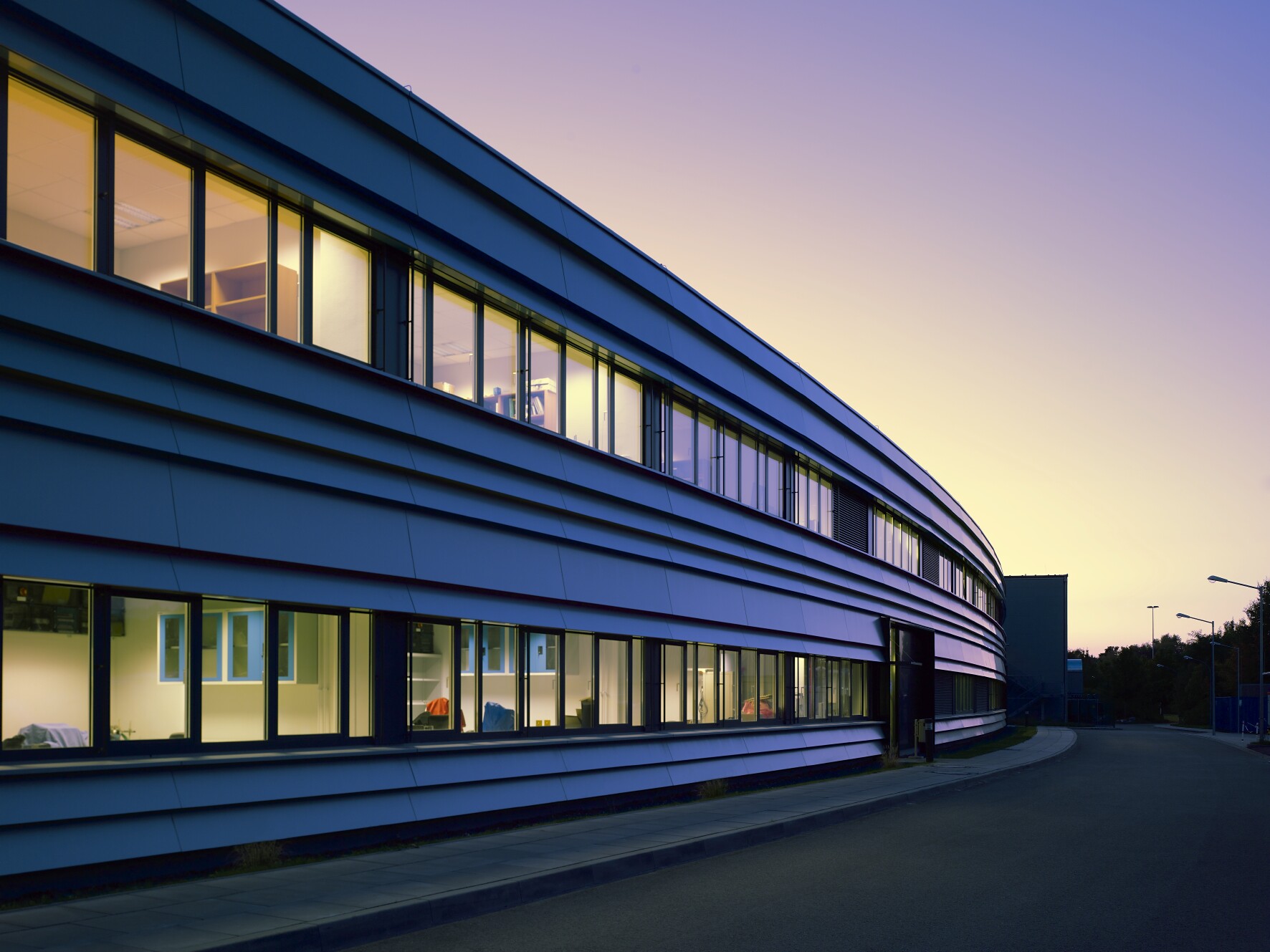Deutsches-Elektronen Synchrotron DESY
Social Media
DESY (www.desy.de) is one of the world’s leading accelerator centres. Researchers use the large-scale facilities at DESY to explore the microcosm in all its variety – from the interactions of tiny elementary particles and the behaviour of new types of nanomaterials to biomolecular processes that are essential to life. The accelerators and detectors that DESY develops and builds are unique research tools. The facilities generate the world’s most intense X-ray light, accelerate particles to record energies and open completely new windows onto the universe. That makes DESY not only a magnet for more than 3000 guest researchers from over 40 countries every year, but also a coveted partner for national and international cooperations. Committed young researchers find an exciting interdisciplinary setting at DESY.
The research centre offers specialized training for a large number of professions. DESY cooperates with industry and business to promote new technologies that will benefit society and encourage innovations. This also benefits the metropolitan regions of the two DESY locations, Hamburg and Zeuthen near Berlin.
FLASH at DESY

FLASH experiments in 2011 © Copyright: DESY
As the world’s first free-electron laser in the soft X-ray range, FLASH at DESY (www.photon-science.desy.de), started in 2005 to generate extremely intense and ultrashort pulsed laser flashes for user experiments. At present two FEL lines are being operated in parallel with independent photon beam parameters for user experiments at the beamlines.
FLASH can be used for a variety of applications in natural sciences including the development of new methods and instrumentation. In particular pump-probe experiments are highly demanded: They allow the investigations of processes on atomic time scales, for example, photocatalytic chemical reactions or light induced switching of conductivity or magnetization.
Location
Hamburg,
Germany
Energy
1.25 GeV
Peak Power
1-5 GW
Beamlines
2
PETRA III at DESY
DESY operates one of the world's brightest storage-ring-based X-ray radiation sources: PETRA III (www.photon-science.desy.de). PETRA III offers outstanding opportunities for scientific user experiments since 2009. Based on this, the present beamline portfolio encompasses key instrumental and methodological capabilities that enable high-resolution diffraction and inelastic spectroscopy, correlation spectroscopy and imaging with coherent X-rays, or high-resolution X-ray microscopy and nano-analysis.
The high brilliance particularly benefits researchers investigating very small samples or requiring tightly collimated and very short-wavelength X-rays for their experiments, like for the instance investigations of solar cells, catalysts, and batteries under working conditions.

PETRA III 2016 © Copyright: DESY




